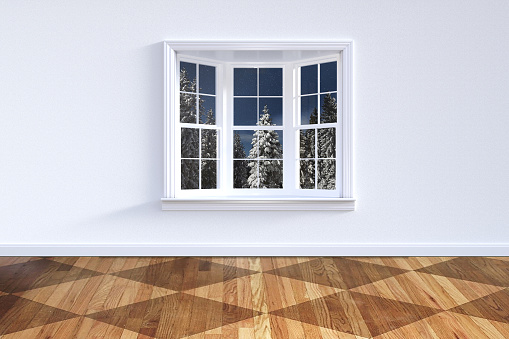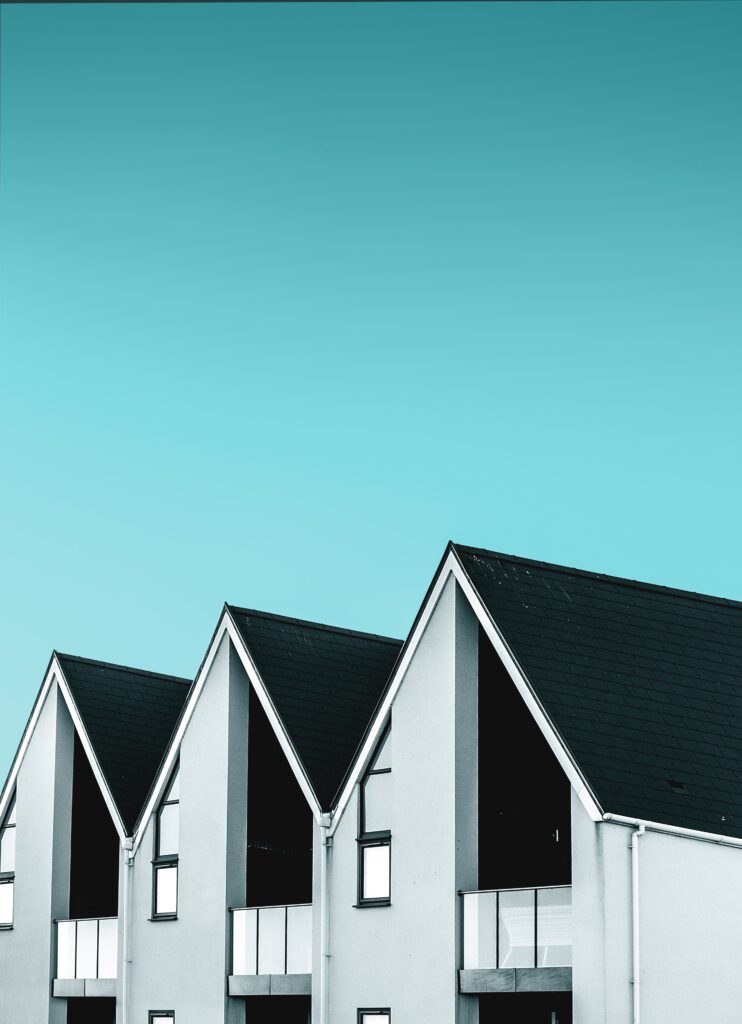Australia’s winters are typically mild, with lows of about 5 degrees Celsius. Snowy evenings are a possibility in Australia throughout the winter. The coolest months are often June and July. Winter in Australia is really the ideal time to paint a home, unlike other nations where freezing conditions can make exterior painting chores more difficult. Here are some winter painting recommendations you should have in mind if you’re thinking about painting your house. We should point out, however, that picking the appropriate paint and service for an external paint job is a crucial step.
Keep the Surface Temperature in Mind
Most coatings do not often dry well at low temperatures and high relative humidity, as is widely known (RH). It is unclear how surface temperature affects the lifespan and functionality of materials. On the other hand, condensation occurs when warmer, moister air contacts a surface and causes moisture to develop. Unprotected steel will rust when exposed to moisture. Additionally, moisture that gets trapped between the covering and the substrate may lead to early system failure.
So, if you’ve ever attempted painting a surface in the morning, you know how important your home’s wall temperature is. The temperature inside your walls may be substantially lower than the air outside. Therefore, you should always schedule a time in the morning for your outer walls to warm up. You should schedule the actual painting during the middle of the day if you’re painting in the winter. Your walls will have plenty of time to warm up in the morning sun as a result. Additionally, this will give the varnish or brickwork time to dry before dusk.
Track the Weather before Scheduling
Check your local weather before you begin your painting project to identify a few days when temperatures will be at their peak and the sun will be out. As you’ll also need to take into account drying times for numerous coats of paint, you’ll need a few days in a row where the temperature doesn’t drop below the minimum for the paint you’re using. As the sun shines on the area you’re painting, plan out each color coat. Most building materials’ surfaces quickly warm up under direct sunlight. It should be shielded from sunlight in the summer, but in the winter, it should be painted in bright light.
Don’t:
Always stay out of the heat or the cold. In order to determine drying times and application qualities, the majority of products are tested at a variety of temperatures. The product data sheet has more details about weather notes.
Be Careful with Temperature Fluctuation
A higher chance of dew accumulating on the outer surface at night when the temperature drops too quickly can lead to issues if it soaks into the exposed paintwork. The outdoor temperature range should ideally not be so wide that surface moisture can accumulate. Untreated surfaces that have too much moisture run the risk of discoloration and perhaps adhesion issues. Consider using paint with moisture-resistant technology if the temperature variation is severe; this technology allows the color to maintain its moisture resistance for two hours instead of the normal four.
In summary, painting the exterior of your home in the winter is possible, especially if you take measures and consider the environment, even though you may see many other paint crews around Indianapolis throughout the summer. Ask a seasoned paint business to help you navigate the procedure.
Don’t:
Condensation during paint application can interfere with these products’ chemical drying and cause a loss of gloss. Never paint in the sun or when the primer is too warm. The drying and application characteristics of any paint product can be negatively impacted by residual heat from the surface. This may result in poor flow, flatness, quick-drying, cracking, and shine loss. We advise using a surface thermometer to gauge the temperature of the surface.
Choose Specialty paint and Quality Painters
Choosing a skilled painter and high-quality paint will ultimately make a huge impact. Look for paints and primers made especially for frigid temperatures if you’re afraid that exterior paint won’t dry quickly enough in erratic weather. Some paint additives have compounds that make the paint more frost resistant and aid in the color’s ability to dry in cold climates. In order to obtain a professional texture, you can also apply additives since chilly temperatures can make paint stickier. Additionally, they can help you obtain a lovely smooth finish and stop your surface color from thickening.
Winter is easier since superior paint is less sensitive to weather elements like humidity and temperature. For both interior and exterior painting projects, Premier Paints Dulux accredited painters utilize the best paint products available.
Don’t:
Paint vapors that are oil-based or alkyd are quite combustible. If you are working with oil paint in bubble construction, avoid using naked flame heaters. Two-component paints and top coats shouldn’t be applied in the late afternoon or when relative humidity is above 80% because these materials are especially vulnerable to moisture.
Final Words
Professional outside painting is necessary for several home renovation jobs, particularly in the winter. There is much more involved than just applying a fresh coat of paint: waterproofing, leveling, plaster restoration, protection, using the right emulsion to achieve a good finish, and more. Painting contractors are often locals, so they are knowledgeable about the ideal circumstances, weather effects, etc. As with any large home improvement project, painting your home involves careful planning.
We also advise you to acquire a house painting consultation for your eagerly anticipated outside wall painting project in Sydney because winter is already at the door. For a high-quality, hassle-free painting experience this winter with top-notch workmanship, get in touch with Premier Painting Company’s residential painting specialists. In time for the impending summer, give your house a quick facile



